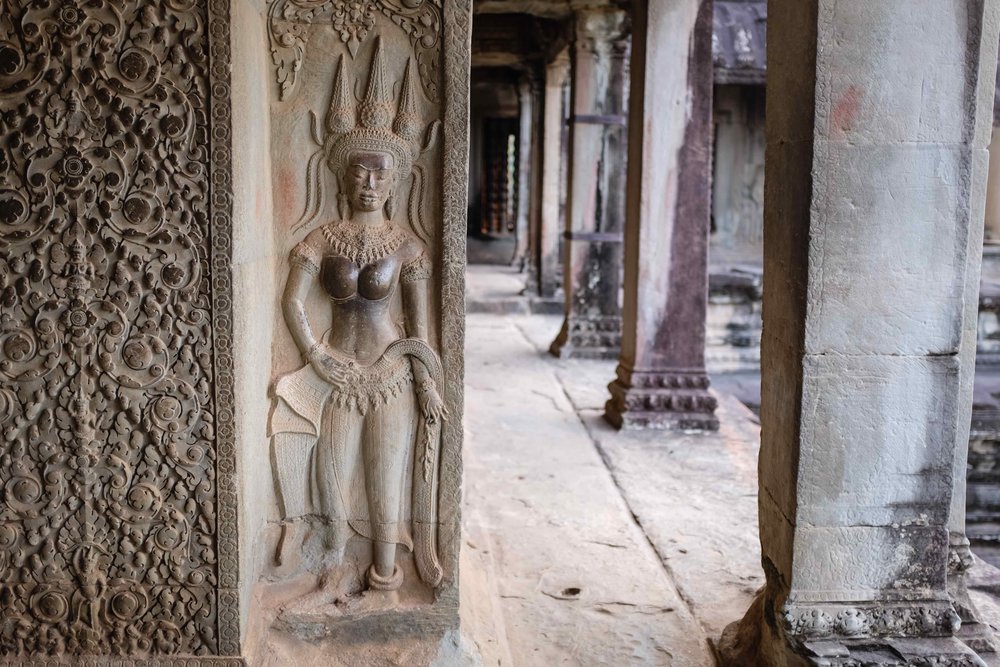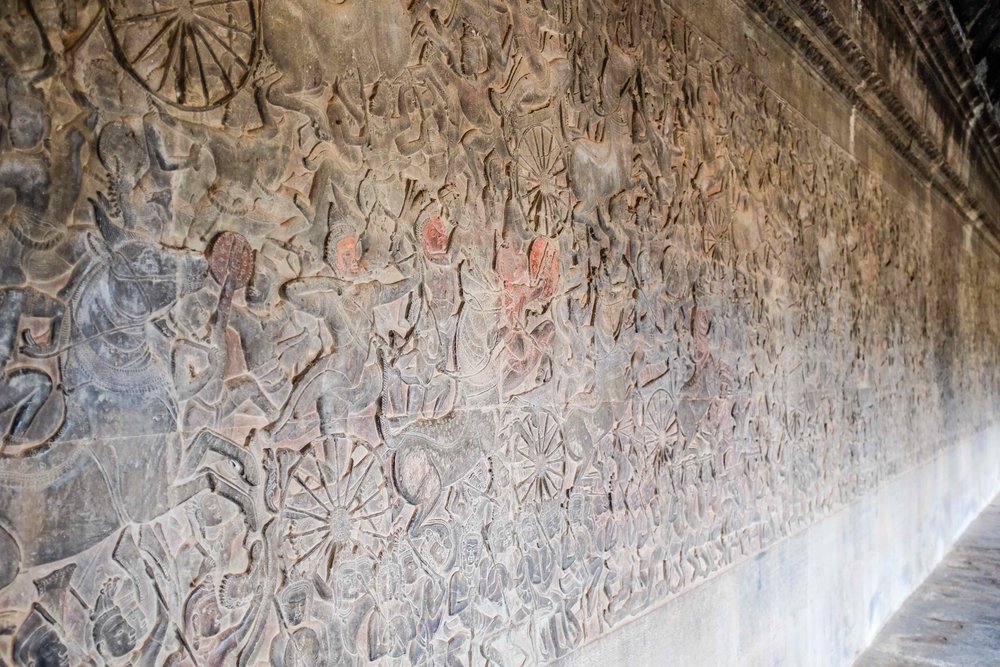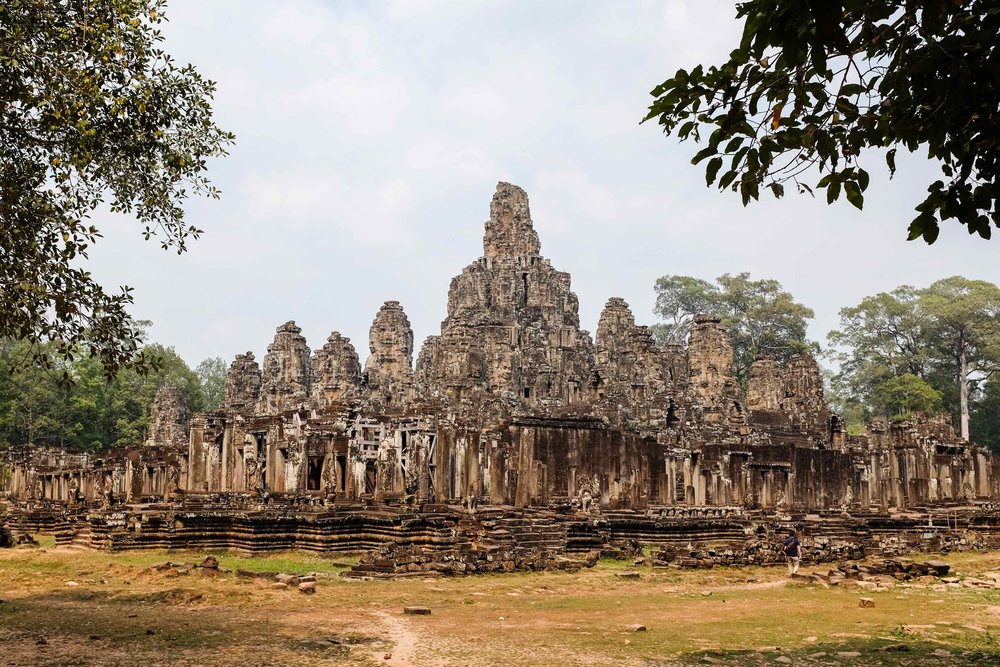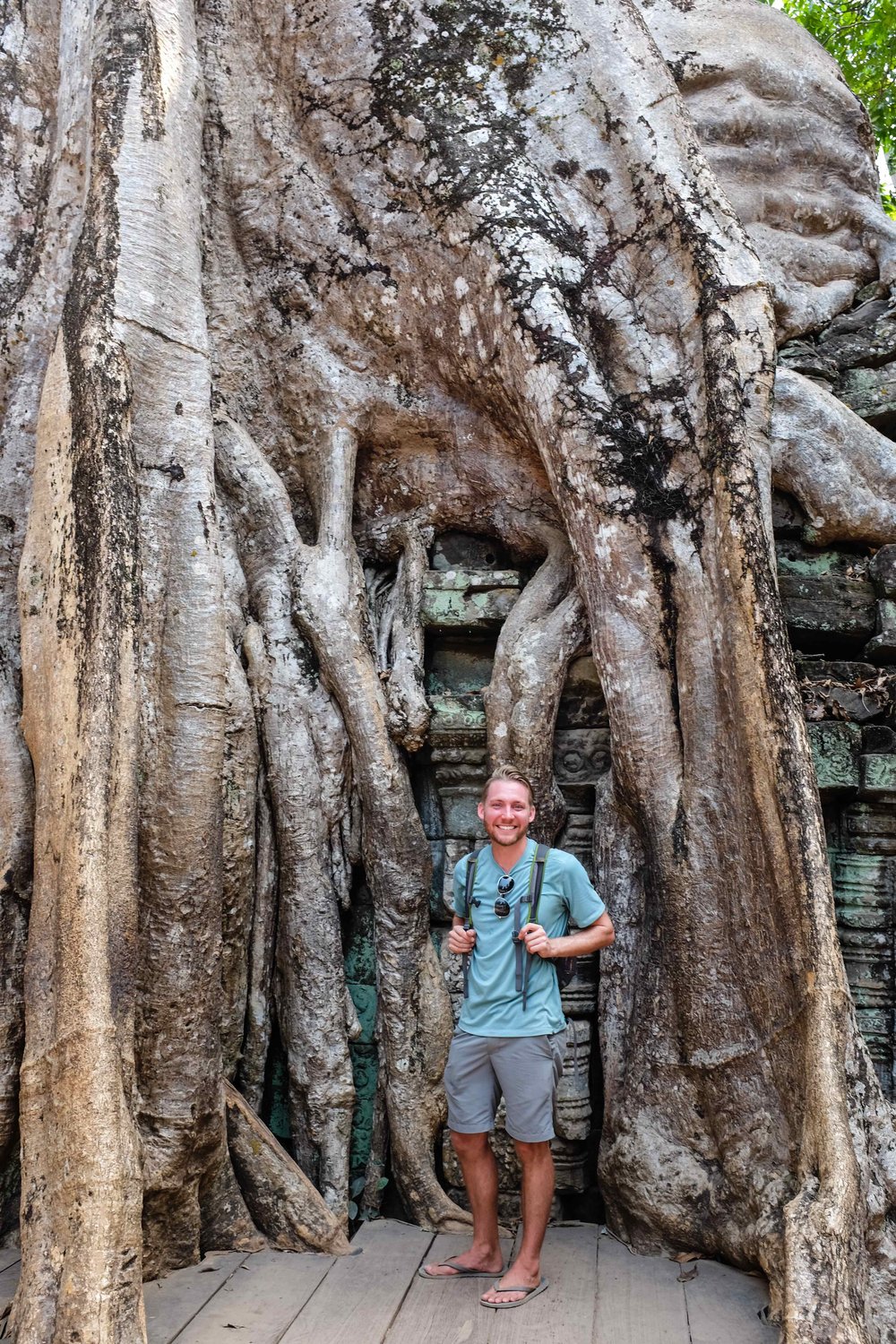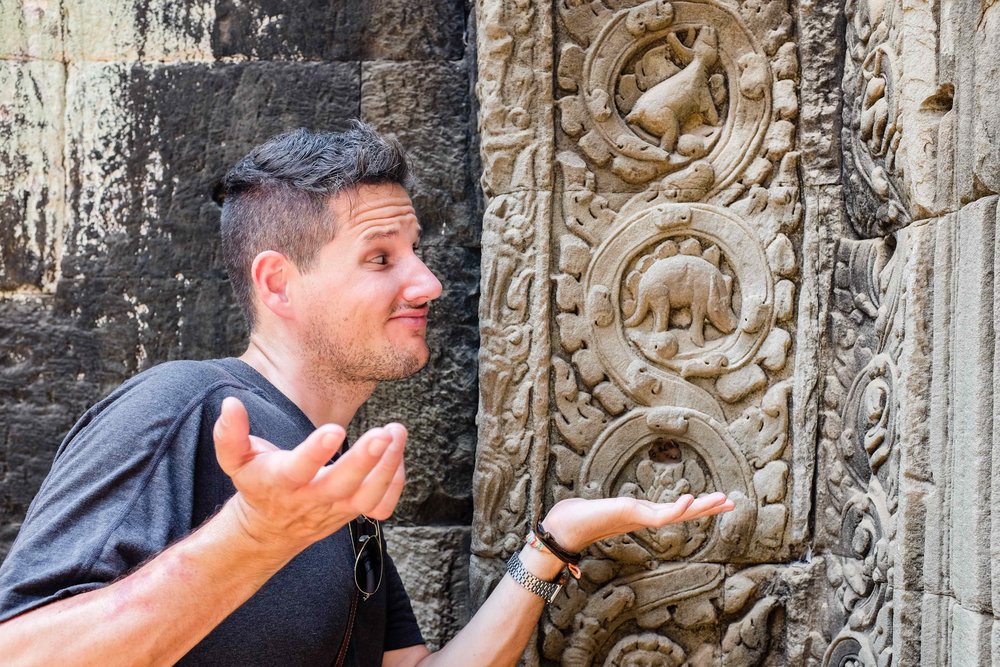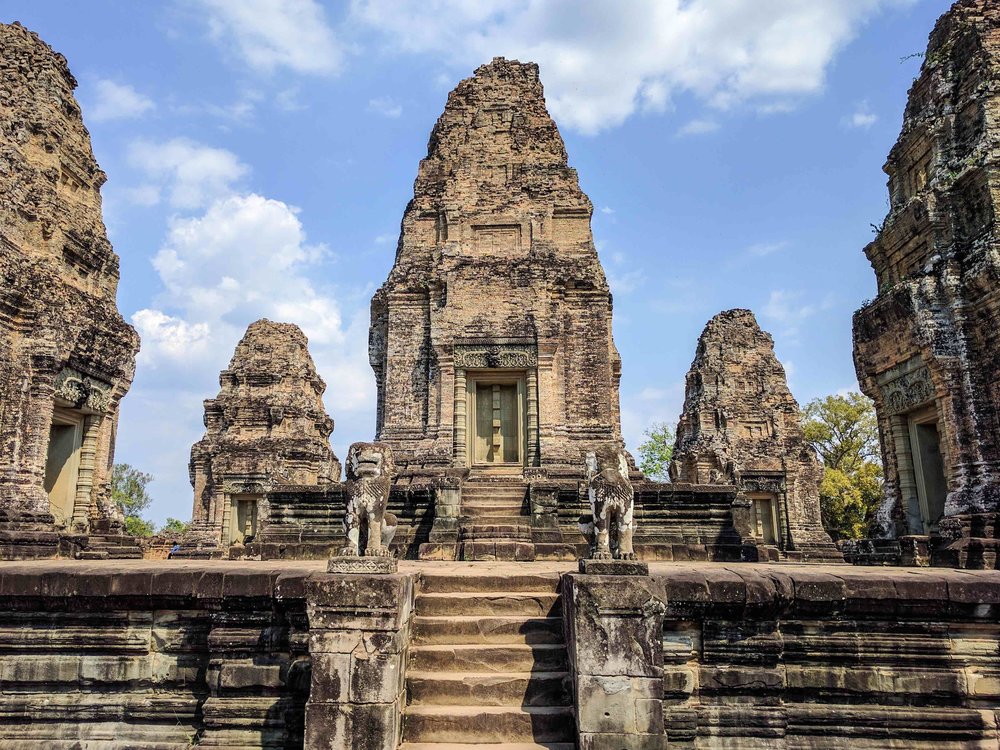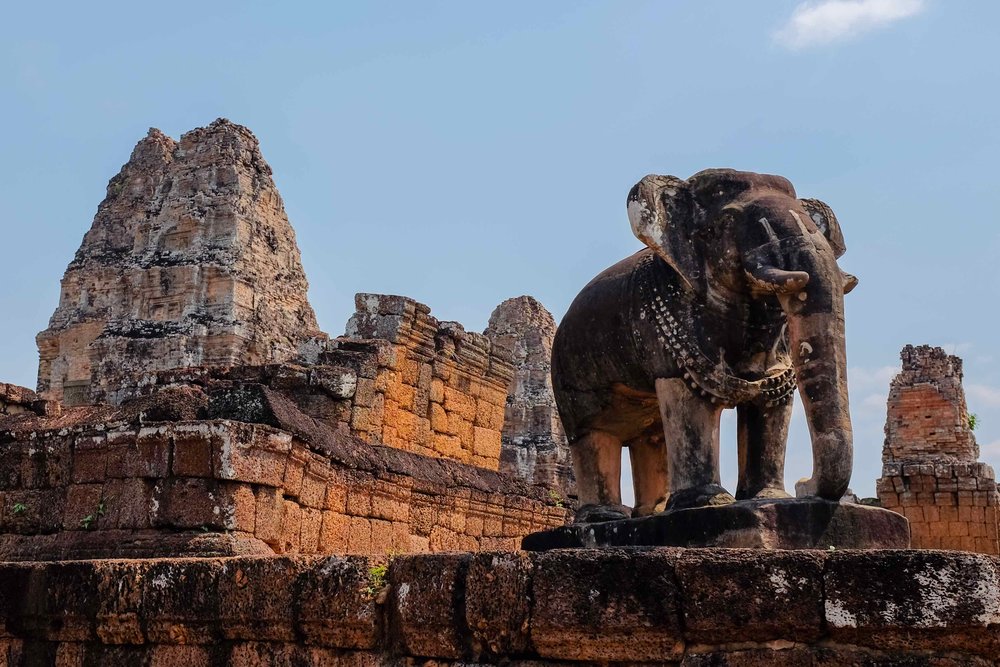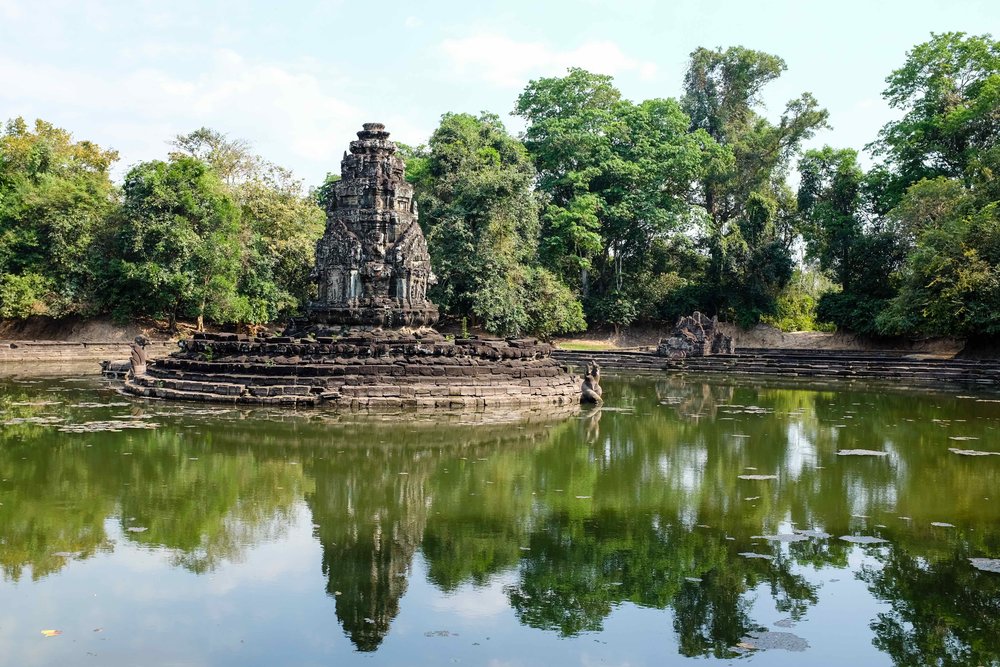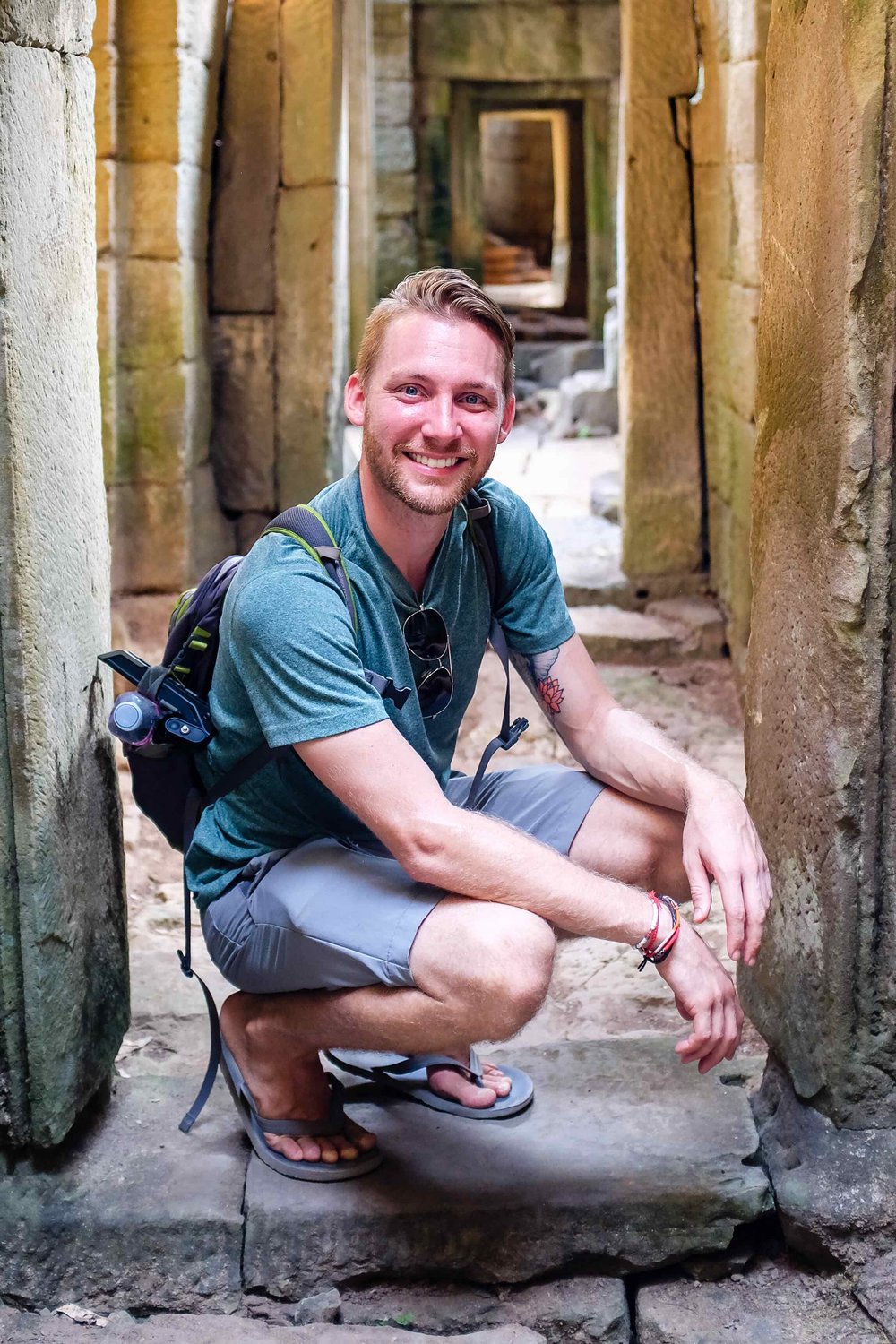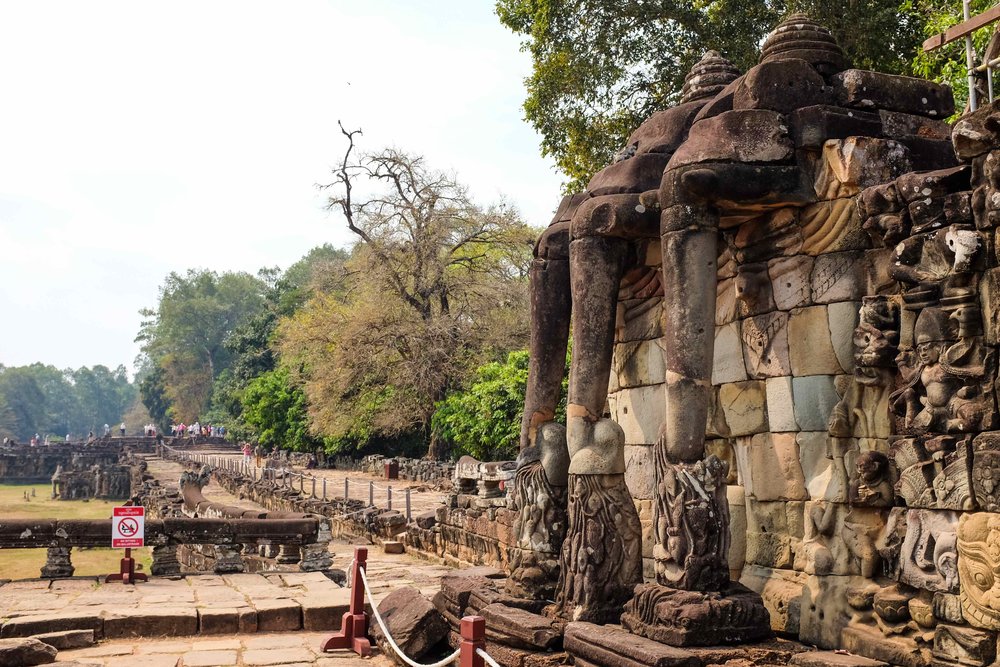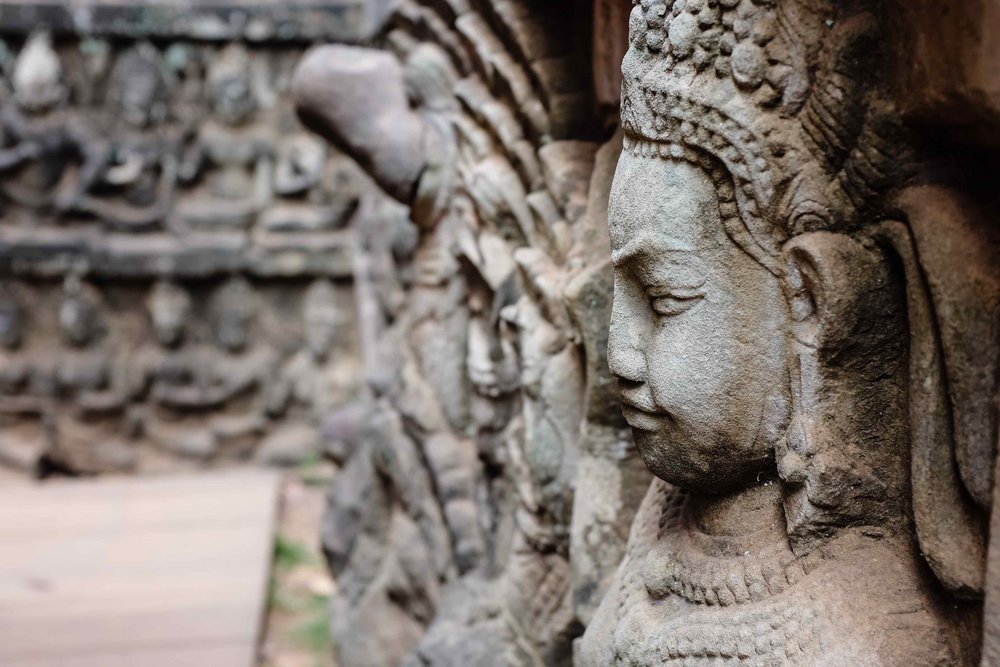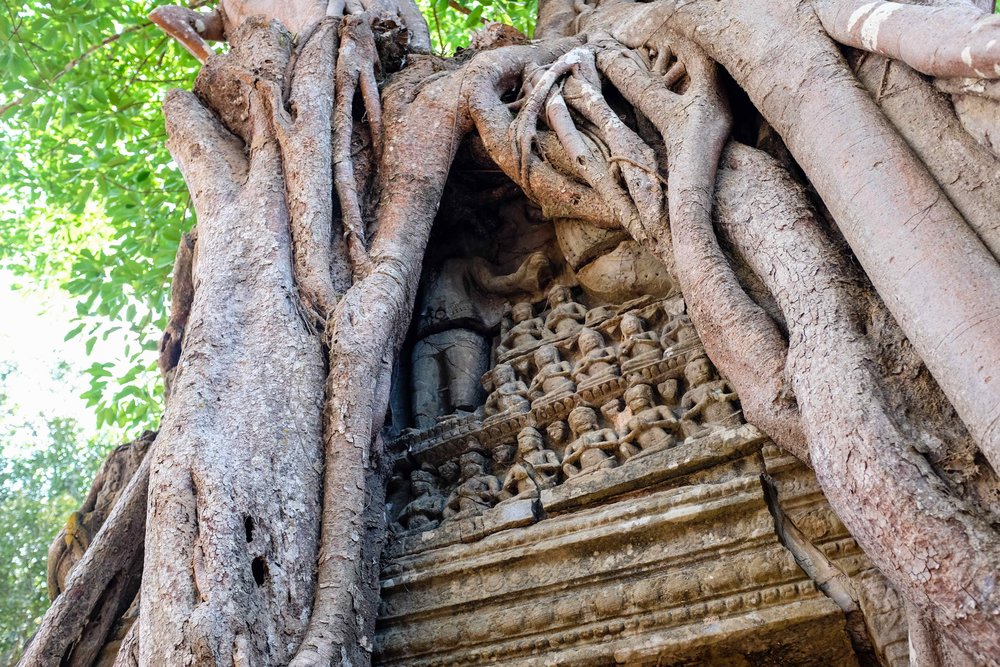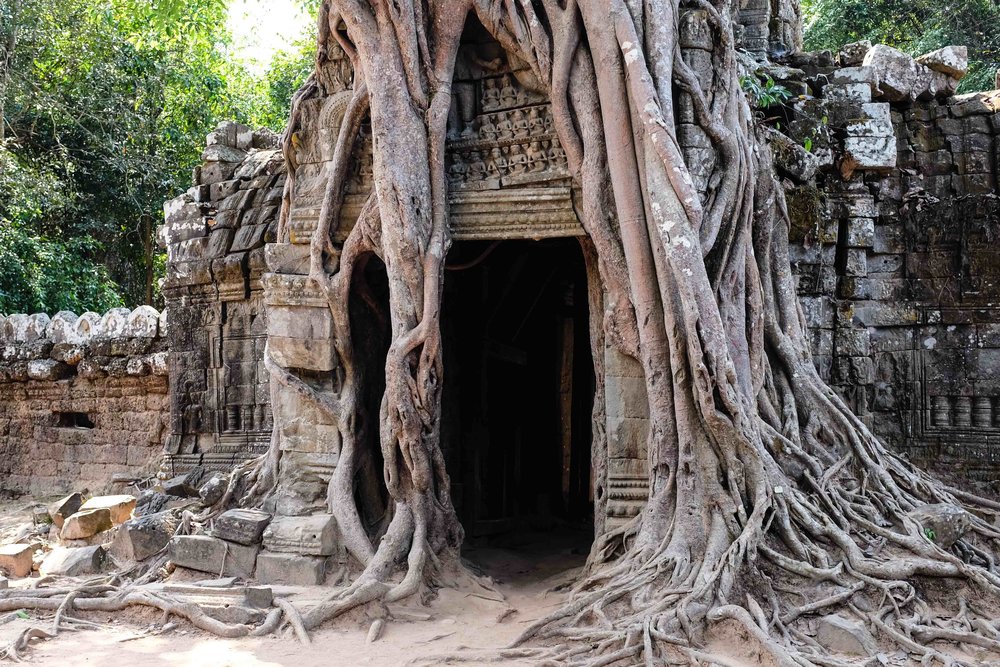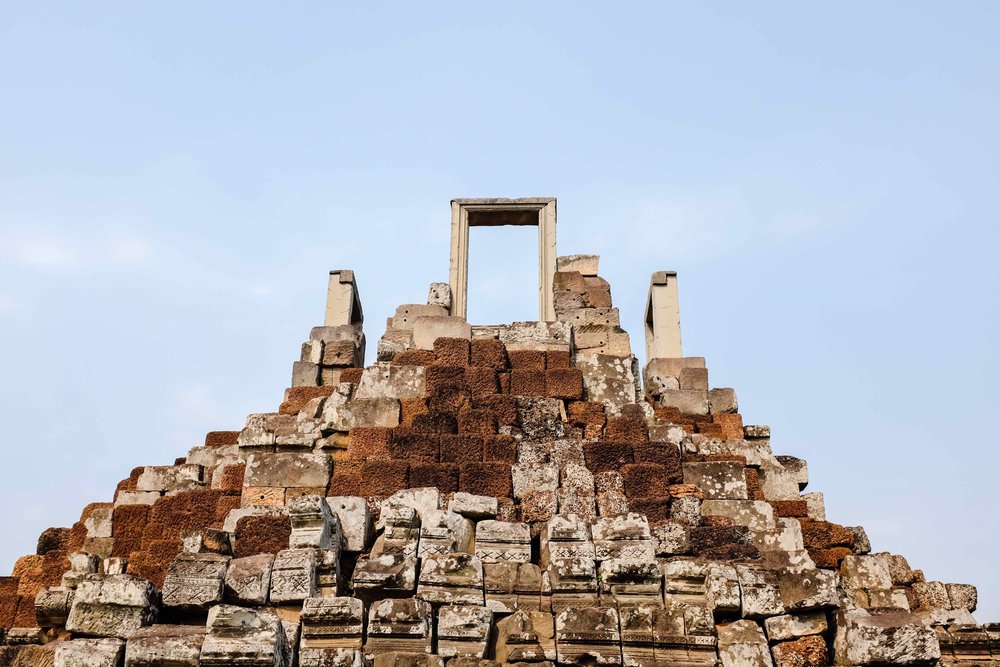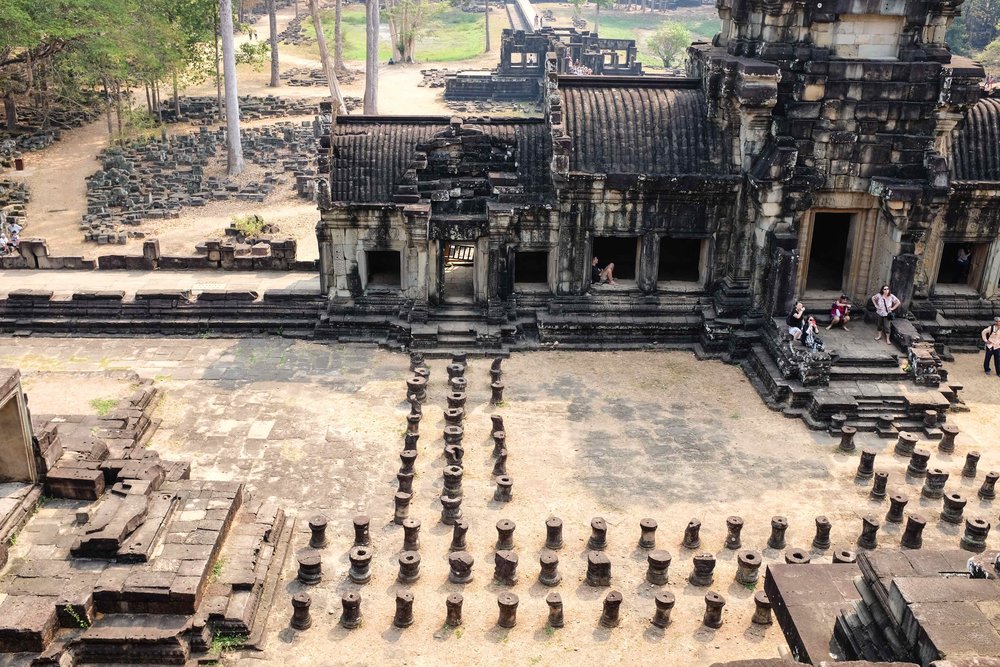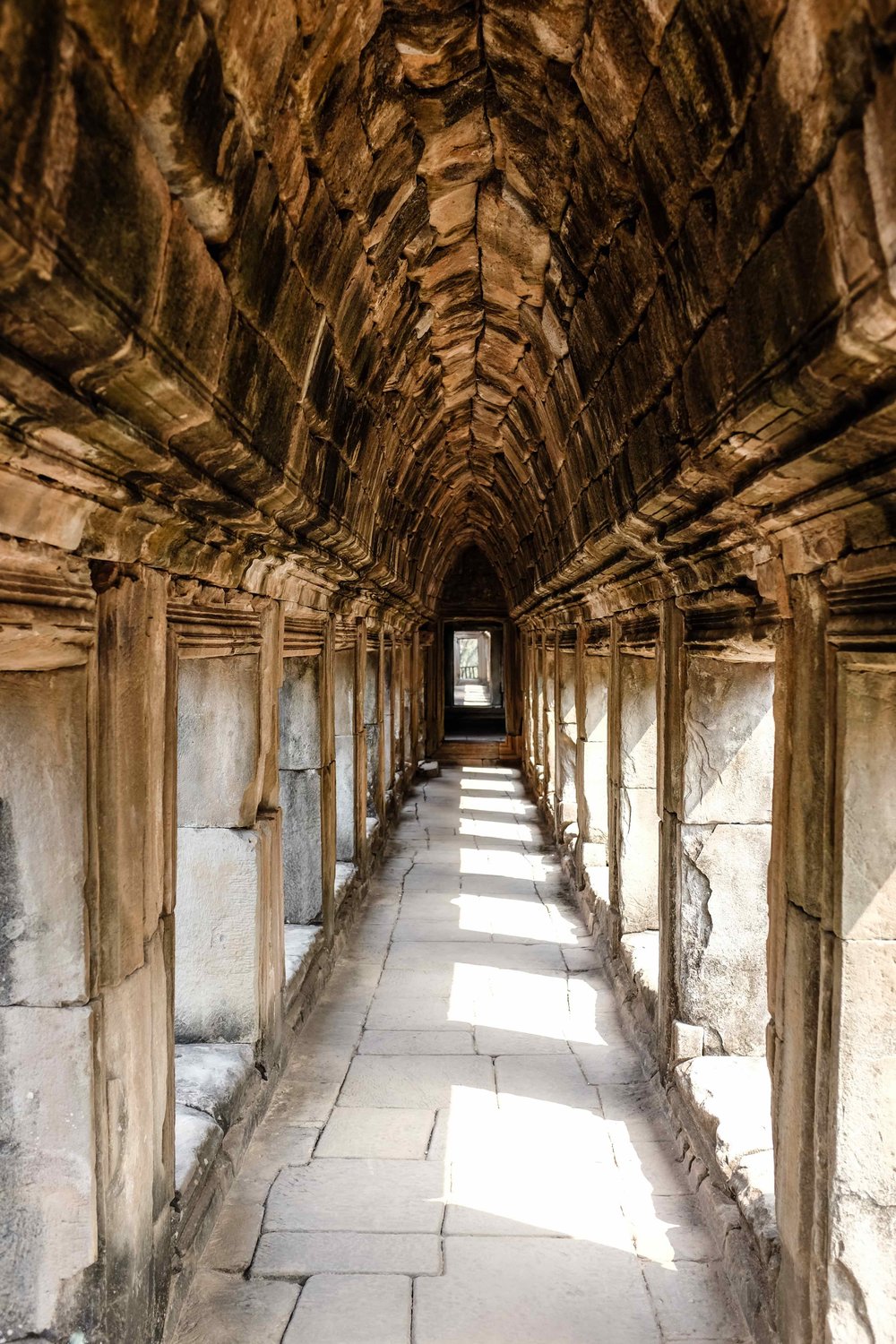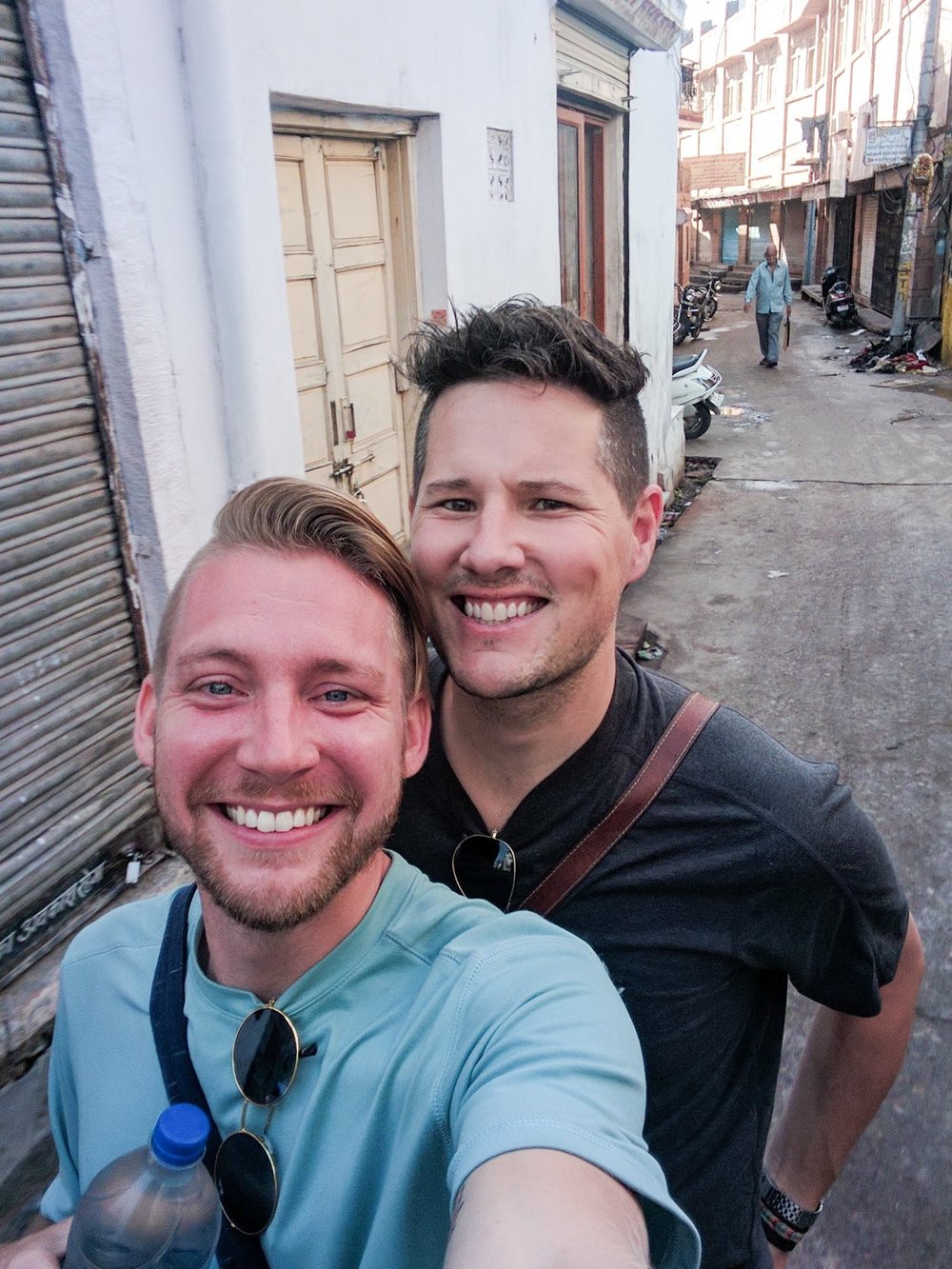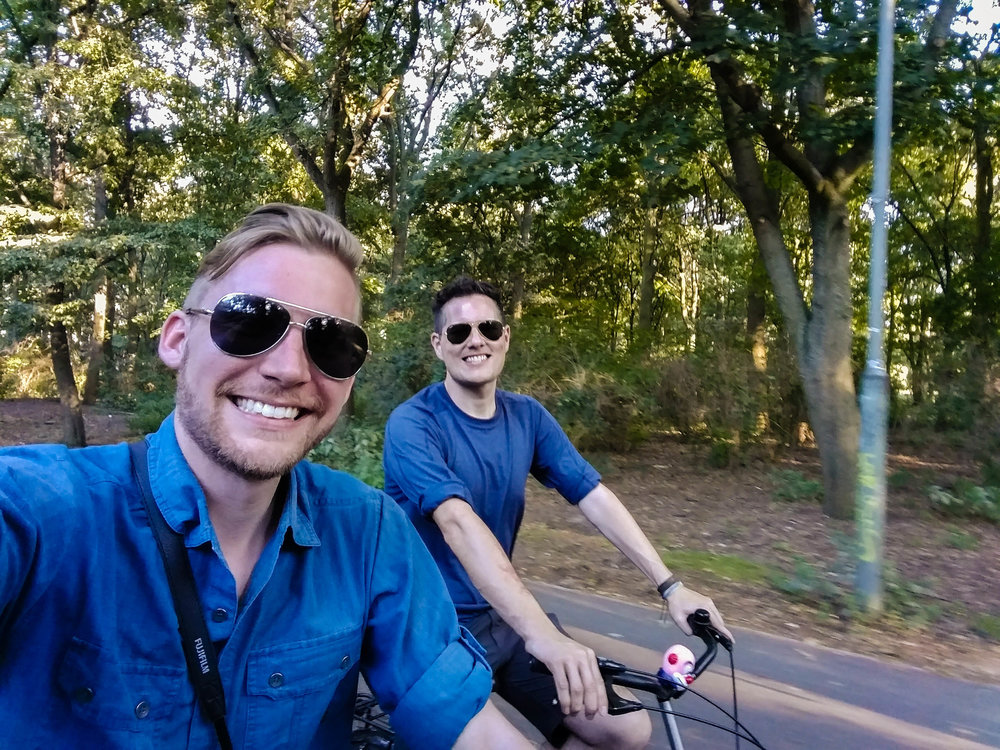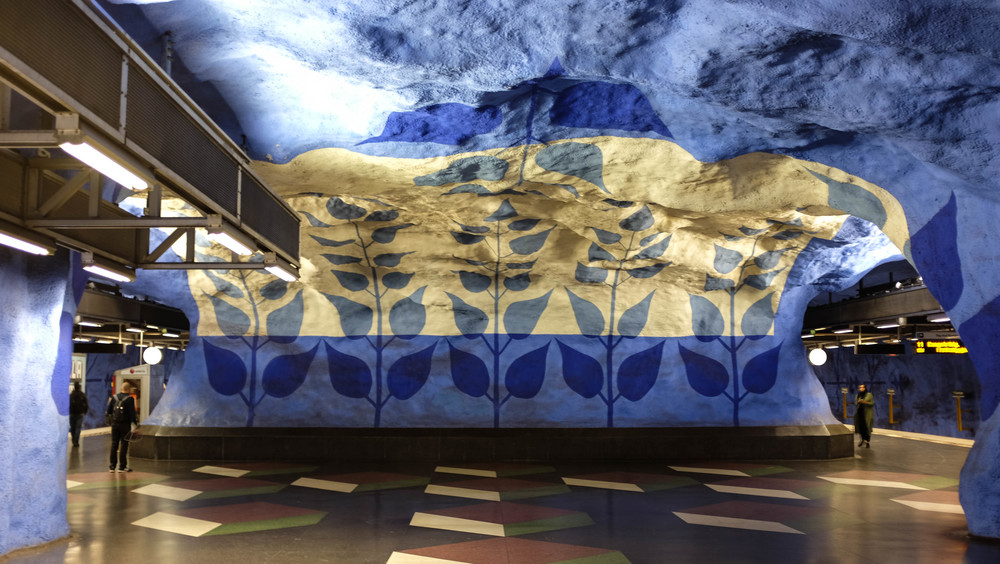We loved how the entire nation of Japan comes together around the beginning of April to celebrate Sakura, the coming of spring. It is the prime time to be in Japan to see the cherry blossoms in full bloom. When we booked our flights to Japan for Kevin’s 30th birthday celebration, we had no idea we would be arriving right in the heart of Sakura.
Because timing happened to be perfect, we hopped on our bikes and headed out to view the cherry blossoms around Kyoto. Here are some of the hottest spots for viewing the blossoms all around town.
1. Heian Shrine
A great introduction into seeing Cherry Blossoms in Kyoto is at the Heian Shrine. It has all the quintessential elements of Japan in one; beautiful orange painted wood, green tile roofs, and cherry blossoms welcoming everyone around. This picture perfect Shinto shrine is just the beginning of cherry blossom viewing. What lies beyond the shrine will take your breath away.

2. Gardens of Heian Shrine
For some of the best cherry blossom viewing in all of Kyoto step into the gardens that wrap around Heian Shrine. The entry ticket is 600 yen ($5.25 USD) and is worth every cent. The moment we entered the garden, we were transported into a wonderland of cherry blossoms surrounding us at every turn. Bamboo supports are erected, lifting the branches and allowing the blossoms to float right over our heads. IT was truly magical.
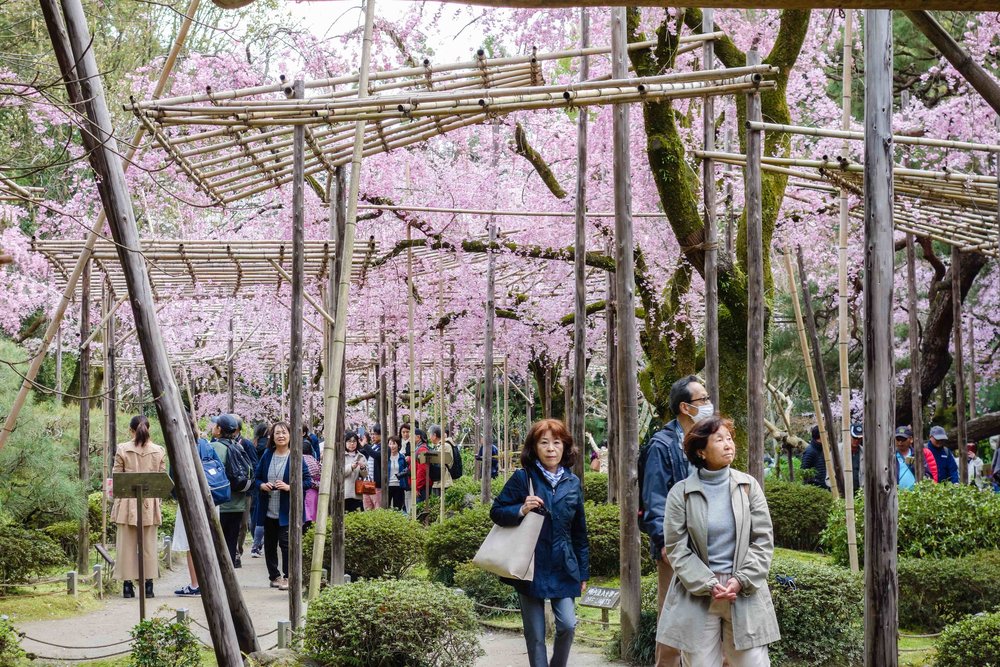



3. Kamo River
Kamo river runs right through the heart of Kyoto making it a central feature of the city. The riverbanks are the perfect place to stroll along the pedestrian path and see the cherry trees that flank both sides of the river. There are many restaurants that overlook the river, so we had to stop and grab a coffee and enjoy people watching with a spectacular view.

4. Philosopher’s Walk
Tree-lined perfection is what we called the Philosopher’s Walk. We spent hours strolling along the pathways, allowing ourselves to get lost in the shades of pink all around. We first heard about this part of Kyoto when watching AbFab’s “Joanna Lumley’s Japan” special on BBC. Thank’s Patsy for this wonderful recommendation!



5. Maruyama Park behind Yasaka Shrine
We stumbled upon this by complete accident while exploring around the Gion area of Kyoto. After looking at traditional teahouses and geiko (geisha) we saw the beautiful Yasaka Shrine shining in the night sky. We explore inside the temple grounds and noticed a celebration was happening behind the temple in Maruyama Park. Come to find out, this is THE place for cherry blossom viewing in Kyoto by the locals. People pay by the hour for tables just to dine beneath the beautiful trees. The true jewel of the park is the spectacular weeping cherry tree.

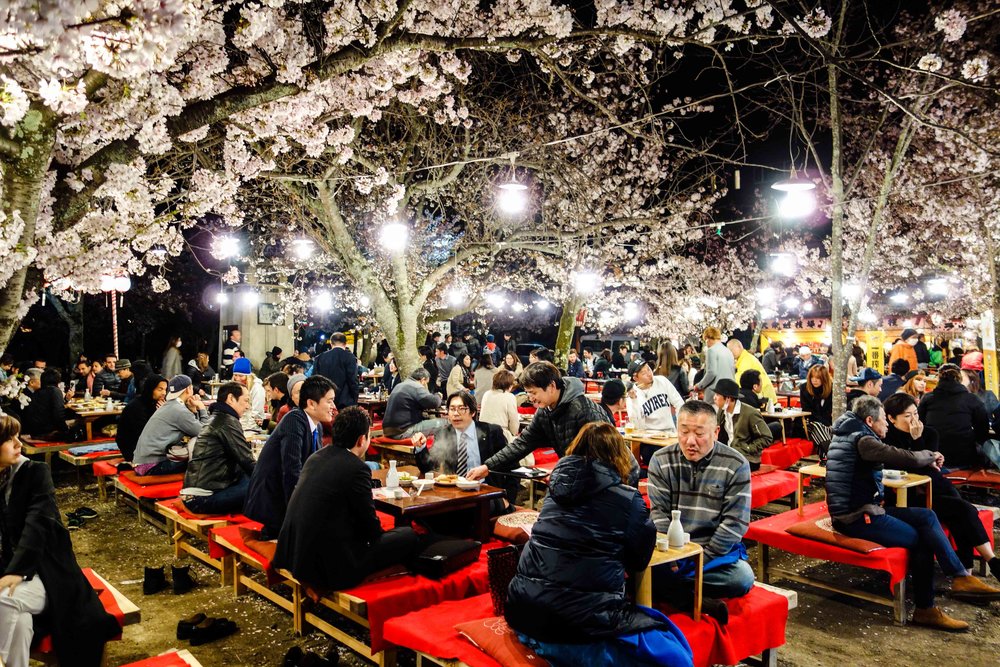
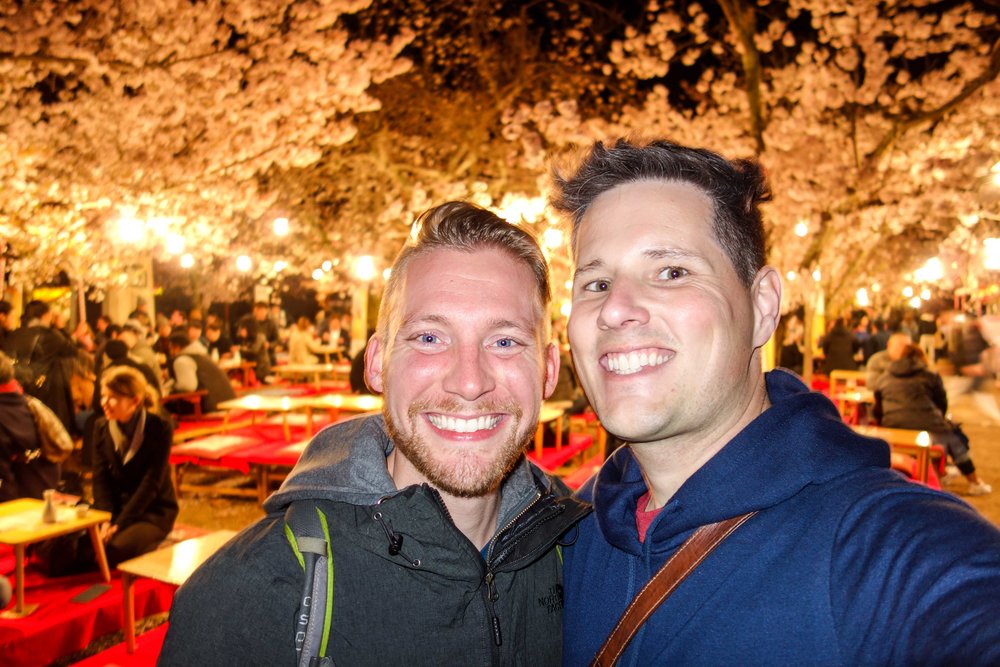
6. Fukushima Shrine
This shrine is known for the thousands of vermilion colored torii gates that span across the hiking trail up Mount Inari. While there are no cherry blossom viewing as we hiked up the trail, there were fantastic blossoms at the shrine located at the base of the mountain. This for sure set a happy tone for a beautiful spring hike.


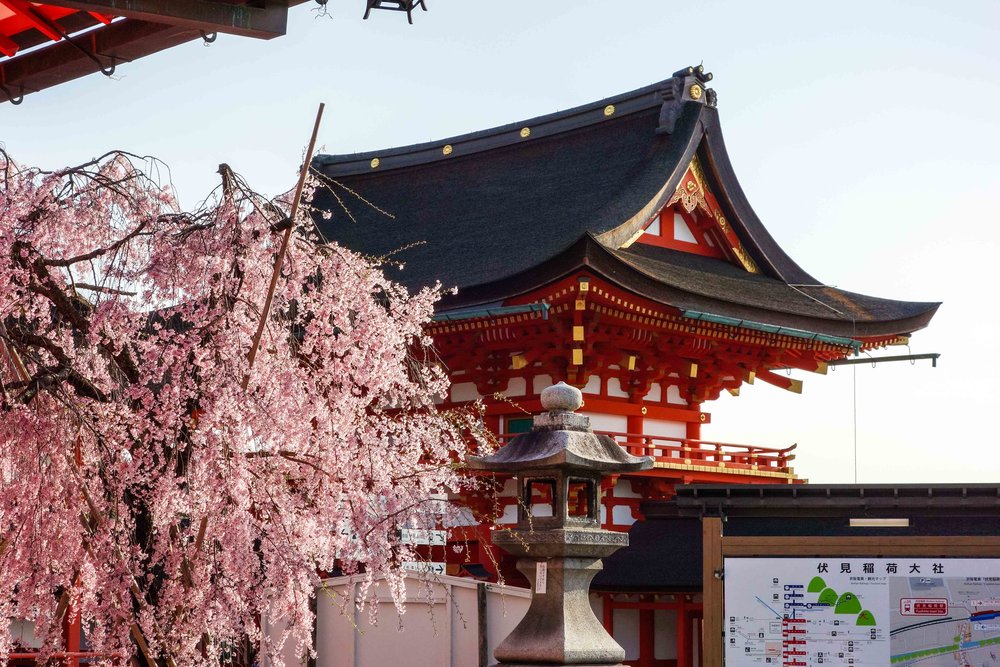
7. Kiya-machi Dori Stream
Right in the heart of Kyoto, one block from the Kamo River, is a stream that runs alongside Kiya-machi street. What makes this the perfect place for feasting your eyes on those famous blossoms is the fact it’s accessible and picturesque both day and night! Additionally, there are many restaurants on the river and bridges spanning the stream, making for some great photo-ops.


8. Kimono Forest
The Kimono forest is located at the Arashiyama train station. What we loved about this area was how the perfectly purple train and kimono wrapped columns complimented the shades of pink seen all around from a sprinkling of cherry blossom trees. This was the jumping-off point for viewing more blossoms around this part of town.

9. Tenryu-ji
Tenryu-ji is also located in the Arashiyama neighborhood, just a few blocks from the train station. It is a Zen temple that houses a beautiful garden with flowers of all type. We were greeted with a Zen rock garden as we entered and treated to wonderful blossoms thereafter. Once we were done with the flowing buds, you exit right into the famed bamboo forest. Perfection. The entrance fee to see the gardens is 500 yen ($4.30 USD).
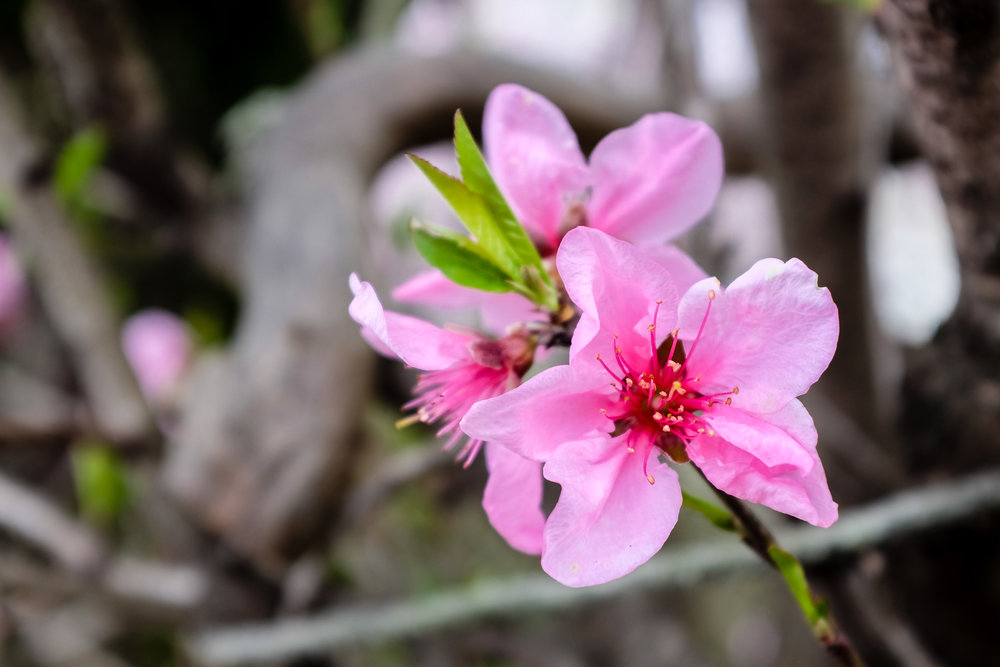
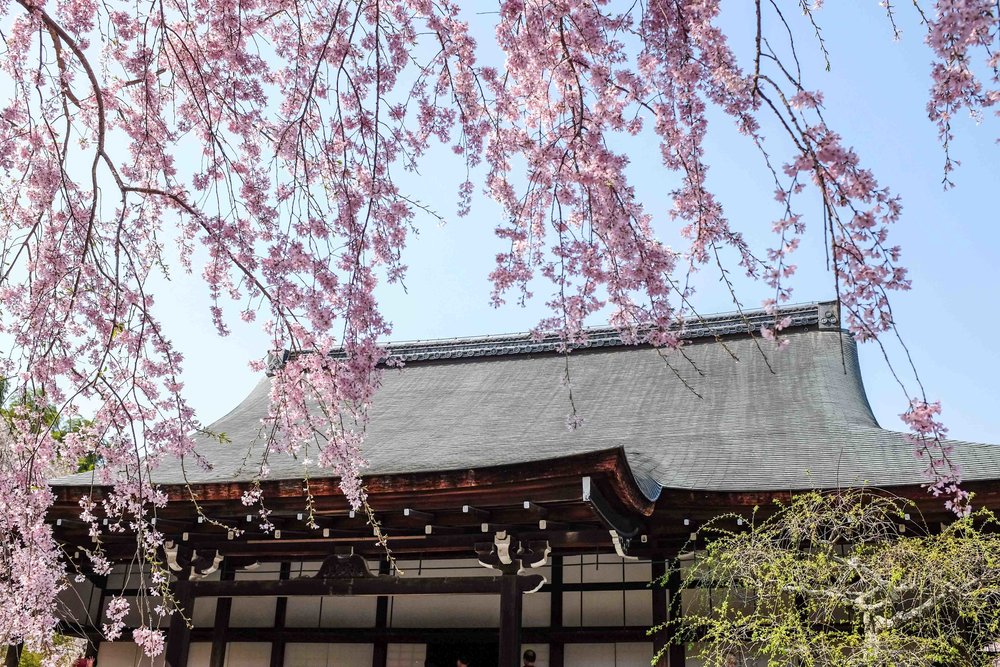

10. Katsura River
Another hotspot in the Arashiyama part of town is the Katsura River. We decided to take a breat for the temple scene for the day and sit riverside, listening to the flow of the water and watching the branches of the cherry trees blow in the wind. The entire bank of the river on both sides have some of the most beautiful blossoms that bloomed around us at eye level. A great spot to end of day of sightseeing around Arashiyama.

The one thing we figures out after viewing the cherry blossoms all around Kyoto is that these hot spots are not the only places to see the world famous blooms. Everywhere we looked, weather rain or shine, we saw fantastic buds blossoming as spring swept over the city and that was the cherry on top to an already fabulous time in Japan.

We are two en route for viewing more global hot spots



